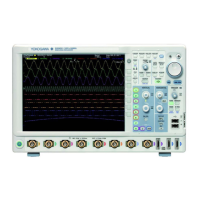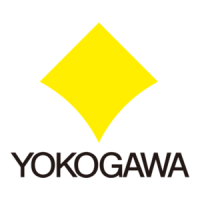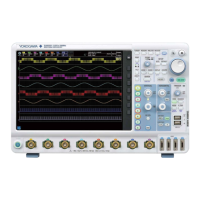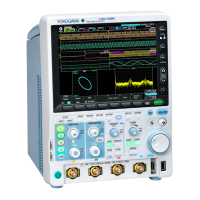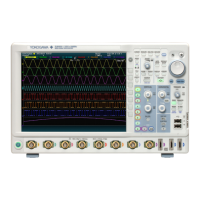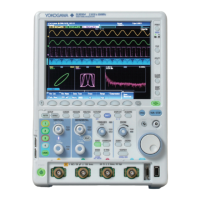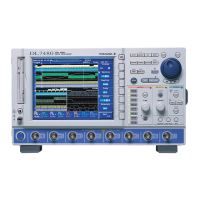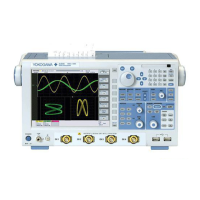5-224
IM 710105-17E
5.26 SSTart Group
:SSTart?
Function Sets the trigger mode to SINGLE, and starts
waveform acquisition. Returns zero if data
acquisition is stopped before the specified time
period. Returns 1 if waveform acquisition is not
stopped within the specified time period.
Syntax
:SSTart? {<NRf>}
<NRf> = 1 to 36000 (in 100-ms steps. Start and
wait.)
<NRf> = 0 (start without any waiting)
<NRf>=−36000to−1(in100-mssteps.Wait
without starting.)
Example
:SSTART?
-> :SSTART 1
Description • If you specify a positive time value, the
DLM2000 starts waveform acquisition in Single
Trigger mode and waits until the waveform
acquisition is stopped within the specified time
period.
• If you set the time value to zero, the DLM2000
starts waveform acquisition and returns zero
without waiting until the waveform acquisition is
stopped.
• If you specify a negative time value, the
DLM2000 does not start waveform acquisition
and simply waits until the waveform acquisition
in progress is stopped within the specified time
period.
